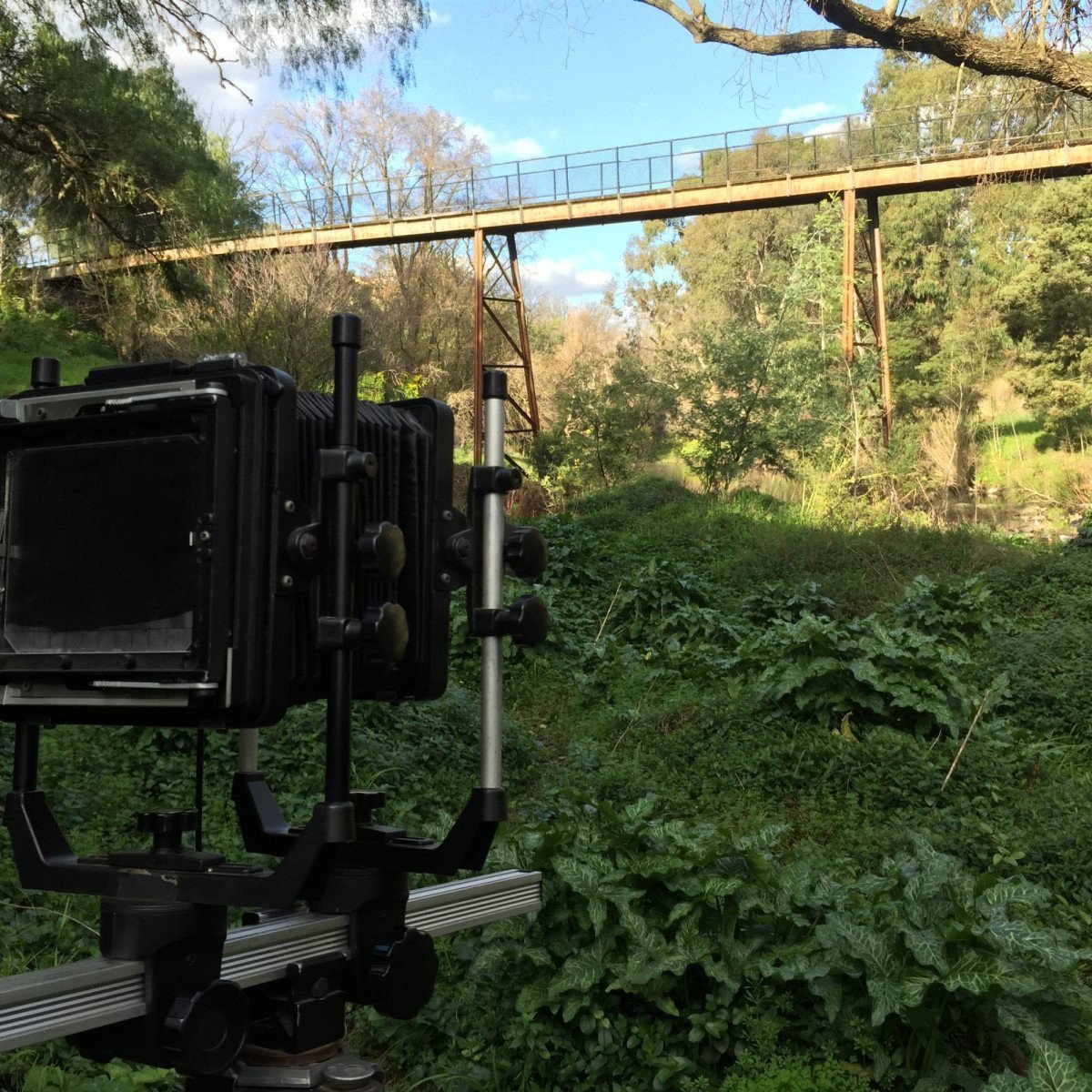Last weekend, in the middle of shooting an outdoor scene, my tripod head failed spectacularly. In one second, my camera was steady; the next, it was lurching violently to the side. Can you relate? How often have you found your camera off-balance because your tripod head wasn’t up to standards? Despite being so crucial to photography, tripod heads often do not receive the attention they deserve.
Did you know that there are over 50 types of tripod heads designed with specific shooting scenarios in mind? Incredible, right? In this article, we will shed some light on the various types of tripod heads, focusing on three main categories – Ball Heads, Pan-Tilt Heads, and Gimbal Heads.
1. Ball Heads
‘Oh, I love to fight with my tripod when setting up a shot,’ said no one ever. And that’s where ball heads come in. They’re simple, easy to use, and quite versatile. Just like an overenthusiastic puppy, the ball head is eager to go in any direction you want. One minute you’re shooting the distant horizon, the next, you’re capturing the anthill beneath your feet – all without breaking a sweat. Isn’t that fantastic?
“But wait,” you might be thinking, “Aren’t there any drawbacks?” Sure, ball heads can often struggle with heavy gear. But fret not, as we move onto our next category.
2. Pan-Tilt Heads
Say hello to precision and control. If you’ve ever danced the waltz, you’ll understand the pan-tilt head. It moves gracefully, deftly, and slowly, ensuring that every move is just right. Making one adjustment won’t send your camera teetering, unlike Mr. Ball Head. They’re like a meticulous painter intent on capturing every minute detail.
Especially useful when you’re using external flashes, pan-tilt heads give you that extra stability and control.
However, they’re not the best for action-packed scenarios, and that’s where we introduce our third and final category.
3. Gimbal Heads
The speed demon of the photography world, Gimbal heads are invaluable when it comes to sports or wildlife photography. They’re like the sprinter in a relay race – all about speed and efficiency, swooping in when you least expect it and catching the perfect shot.
Equipped with a specifically designed free-floating mount, they balance your equipment’s weight perfectly, making it almost weightless. Think of it as you’re moving the lens, not the tripod. Imagine being able to swivel your heavy telephoto lens around with just a finger. Amazing, isn’t it?
As swift and agile as they are, they aren’t suitable for all situations. Setting up a Great Gimbal requires a bit of elbow grease and they definitely do not complement your landscape or macro shots.
So, is there a one-size-fits-all solution for tripod heads? Would that it were! The ideal choice depends on your style and the specific needs of your shoot. My catastrophic tripod incident actually led me down to this enlightening journey of understanding tripod heads better. And maybe that’s the beauty of photography equipment. They aren’t just mechanical tools, but partners in our artistic endeavours. They fail, they frustrate, but eventually, they also guide us towards better mastery of our craft.
Ready to find the perfect partner in your photographic journey? Here’s a little homework for you: try all three heads we’ve covered here, and tell us, which one best fits your needs?


0 Comment